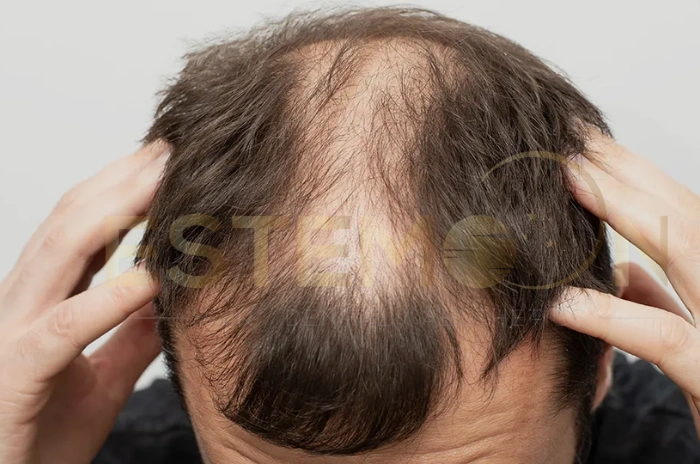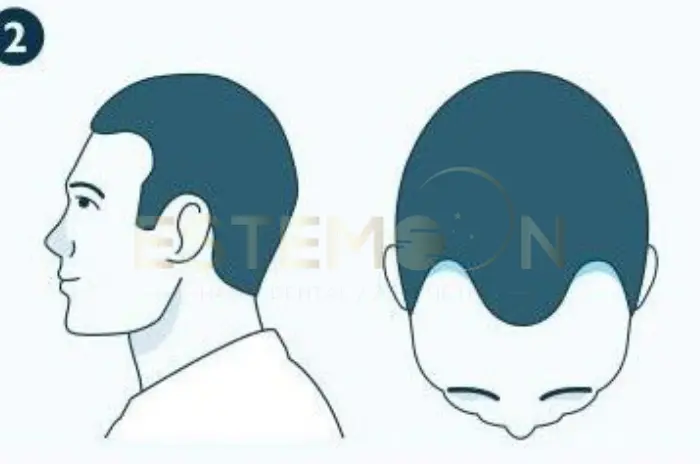Hair transplants have revolutionized the approach to treating hair loss, offering a permanent solution to balding and thinning hair. However, one of the most common concerns among those considering the procedure is hair density after the transplant. Achieving a full, natural-looking head of hair is the ultimate goal, but what factors influence the density of transplanted hair? This blog post delves into the intricacies of hair density post-transplant and offers tips for optimal results.
Understanding Hair Density
Hair density refers to the number of hair follicles per square centimeter of the scalp. In a hair transplant, the goal is to redistribute hair follicles from denser areas (usually the back or sides of the head) to balding or thinning areas to create a fuller appearance.
Factors Influencing Hair Density After Transplant
- Donor Area Quality: The quality and quantity of hair in the donor area significantly affect the achievable density. A denser donor area provides more follicles for transplantation.
- Transplant Technique: Different techniques, such as Follicular Unit Extraction (FUE) and Follicular Unit Transplantation (FUT), offer varying levels of density. FUE typically allows for more precise placement, potentially resulting in a denser appearance.
- Surgeon Skill: The expertise of the surgeon plays a critical role. Experienced surgeons can create natural-looking density by carefully planning and placing each follicle.
- Number of Grafts: The more grafts transplanted, the higher the potential density. However, the total number of grafts is limited by the donor area’s availability and the scalp’s ability to support new follicles.
- Scalp Elasticity: The elasticity of the scalp can affect how close together grafts can be placed. A more elastic scalp allows for denser packing of hair follicles.
Post-Transplant Hair Growth
Post-transplant, the newly transplanted hair follicles will initially shed within the first few weeks – a normal part of the process known as “shock loss.” New hair growth typically begins within three to four months, with noticeable density improvements visible after six to twelve months. Full results, including optimal density, can take up to eighteen months to achieve.
Tips for Maximizing Hair Density After Transplant
- Follow Post-Operative Care Instructions: Adhere to your surgeon’s guidelines on washing, medication, and activity restrictions to promote healthy graft survival and growth.
- Healthy Lifestyle: A balanced diet, regular exercise, and avoiding smoking can improve overall hair health and growth.
- Avoid Overloading Scalp: Refrain from using heavy styling products or techniques that stress the scalp, as this can hinder new hair growth.
- Regular Check-Ups: Schedule follow-up appointments with your surgeon to monitor progress and address any concerns.
Conclusion
Achieving optimal hair density after a transplant requires a combination of quality donor hair, skilled surgical technique, and diligent post-operative care. By understanding these factors and following recommended practices, patients can enjoy a fuller, more natural-looking head of hair. If you’re considering a hair transplant, consult with a qualified surgeon to discuss your goals and the best approach for achieving the desired density.




